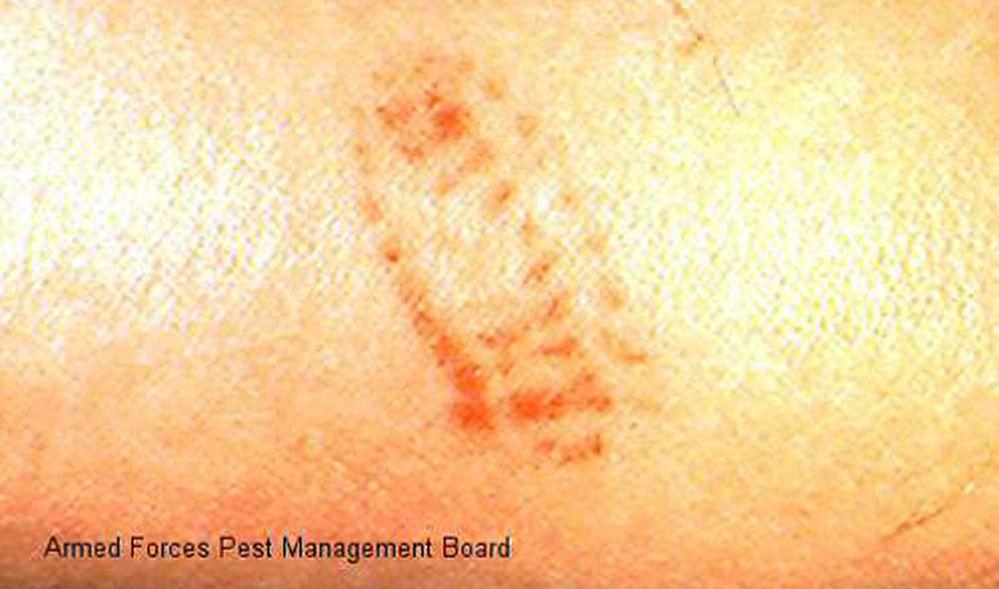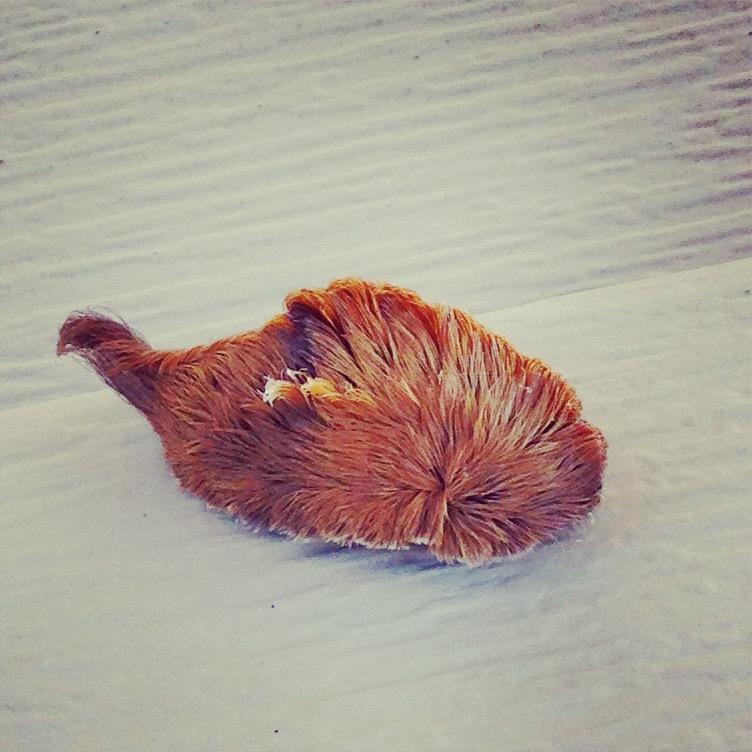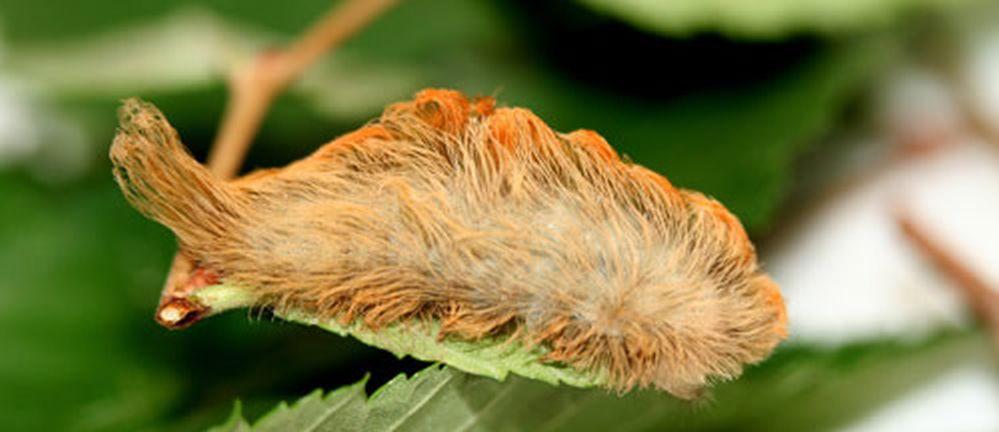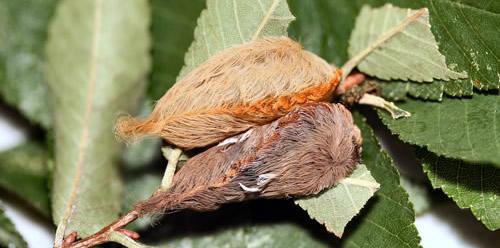The “puss caterpillar” might look like something you would want to pet, but you shouldn’t touch it--ever.
The insect, Megalopyge opercularis, is the larva of the southern flannel moth.
Last year, a 7-year-old Mississippi boy was stung by one of the caterpillars, and he was rushed to the hospital. The child touched the moth larvae in the garden.

“Their sting can be more painful than a jellyfish, or any type of scorpion or bee,” she said.

Wikipedia user Amizrachi

They’re also found as far away as Missouri and Texas.

It’s a painful experience, experts say.
“A puss caterpillar sting feels like a bee sting, only worse. The pain immediately and rapidly gets worse after being stung, and can even make your bones hurt,” University of Florida entomologist Don Hall said.
“How bad the sting hurts depends on where you get stung and how many spines are embedded in your skin. People who have been stung on the hand say the pain can radiate up to their shoulder and last for up to 12 hours,” Hall said.
The caterpillar can be found in the southern United States, parts of Central America, and Mexico.





Friends Read Free